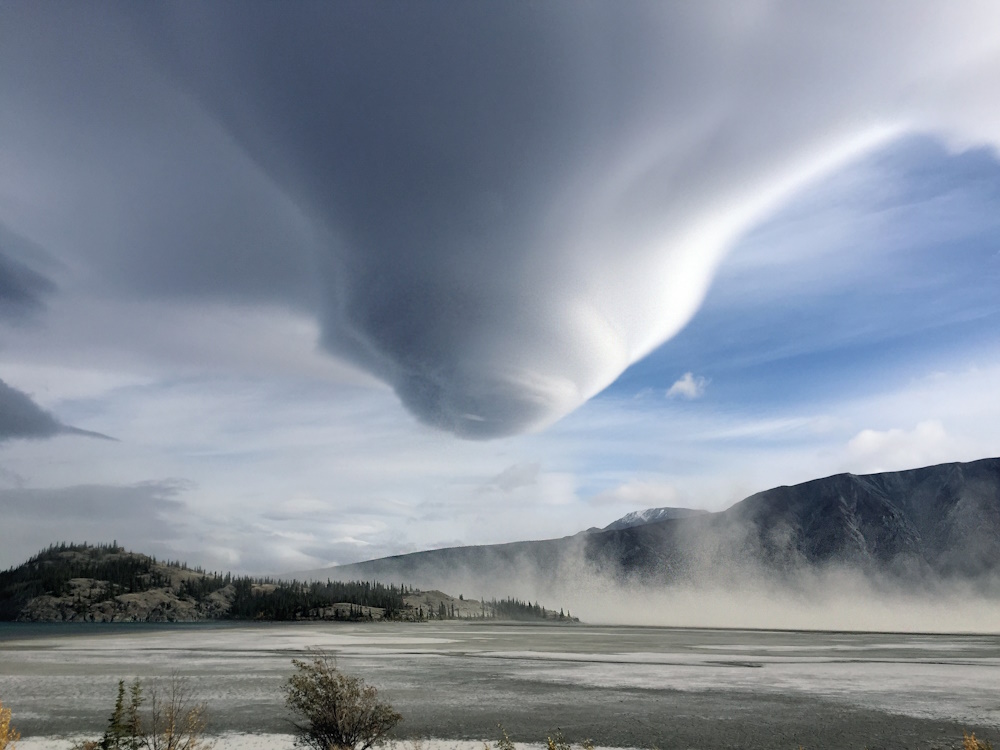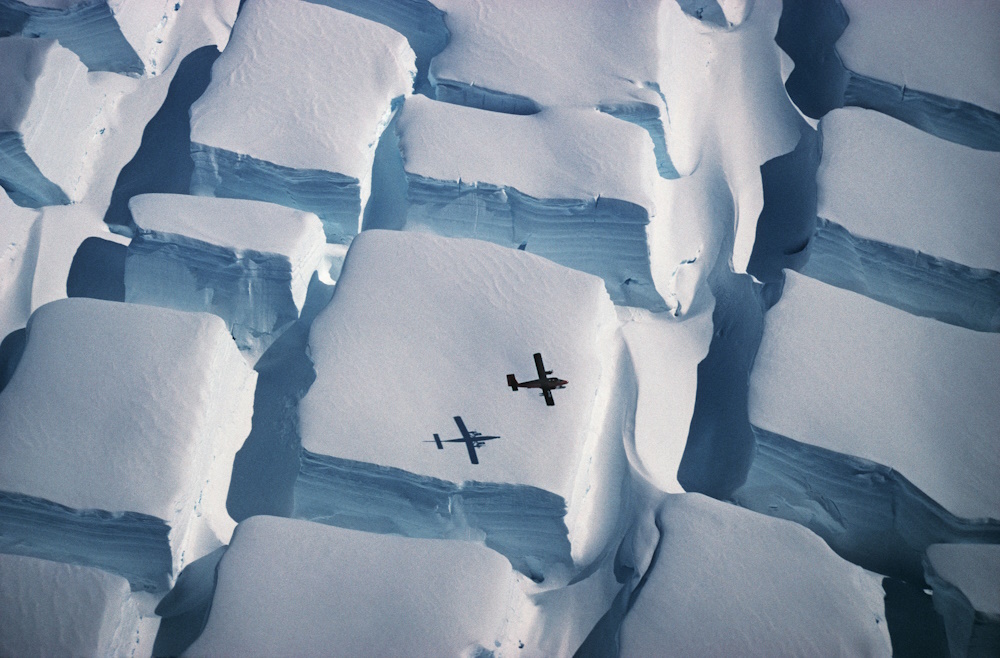Earth Science and Climatology 2018
Shortlisted entries in the Earth Science and Climatology category from the 2018 Royal Society Publishing Photography Competition.
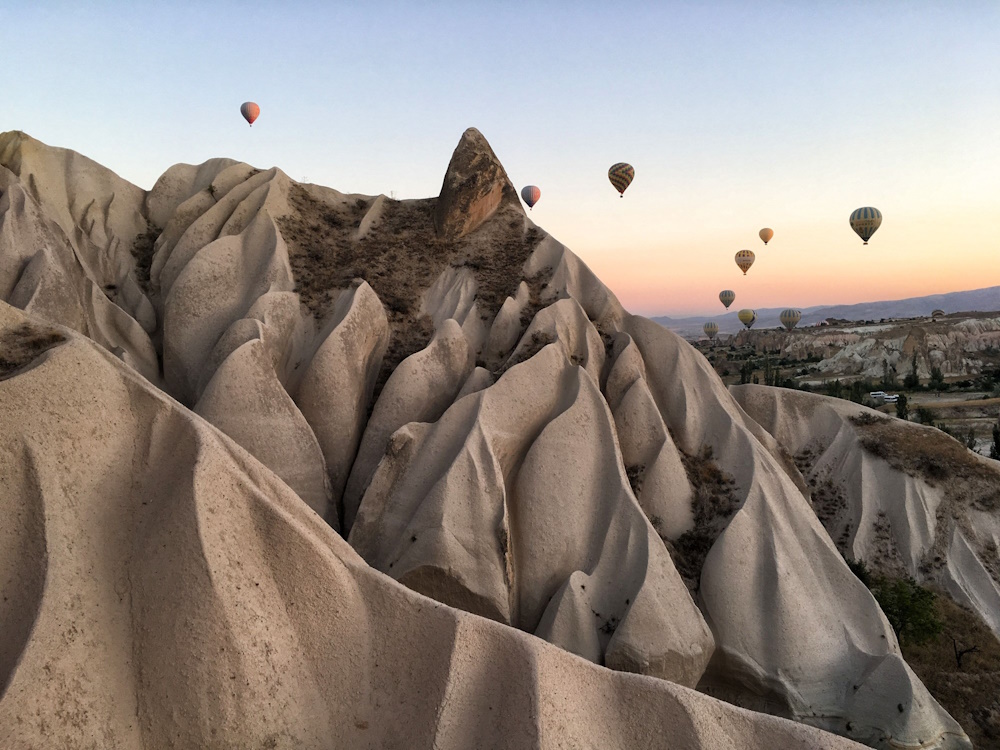
Earth Science and Climatology Winner 'Cappadocia, Turkey: Born of Fire, Earth, Air, and Water' by Katharine Cashman. 'This photograph highlights the volcanic landscape of Cappadocia, Turkey. It was created by a volcanic eruption (fire), is made of volcanic ash (earth), and has been sculpted by wind (air) and water. The view is from a balloon. Photo was taken on an iPhone 6s camera; tonal highlights were enhanced using Color Efex Pro 4 from the open access Nik Collection.'
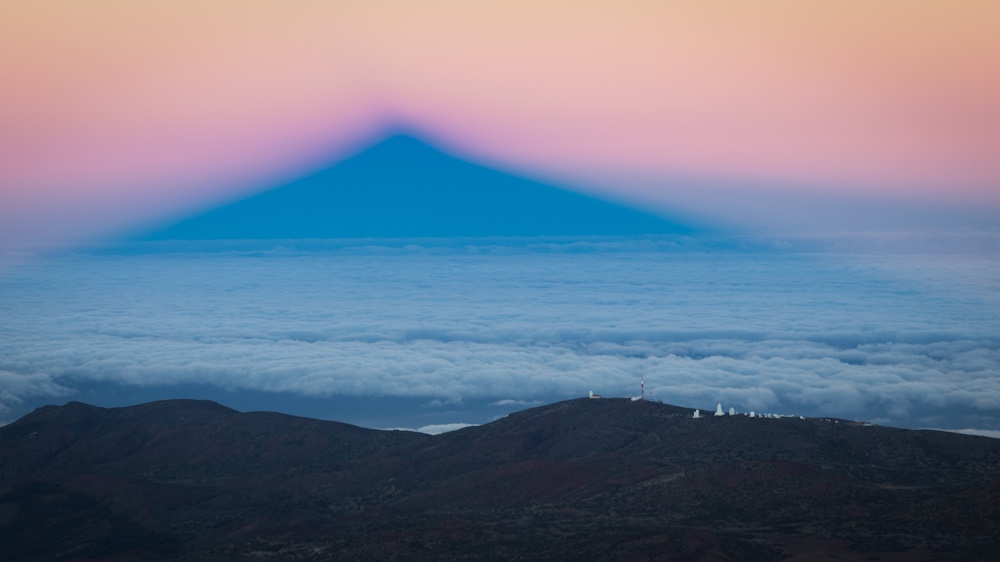
Earth Science and Climatology Runner up 'Colossus' by Alejandro Roman Gonzalez. 'Shadow the mount Teide in Tenerife, Canary Islands, at sunset towering over Slooh Teide observatory. The sea of clouds shrouded the landscape at lower altitude, hiding neighbouring islands and the bustling activity of the coast of Tenerife. The colours in the sky are due to the reflection of the different wavelength of the white light as the sun sinks below the horizon. Also when a remarkable topographic feature, such as Mount Teide, blocks the fleeting rays of the sunset, this casts a shadow into the tinted atmosphere. The photograph was taken using a Canon 6D and a Canon 24-105mm f/4 at 105mm f/10 1/13 sec 125ISO. Contrast, brightness, saturation and crop were adjusted. No further processing was carried out.'
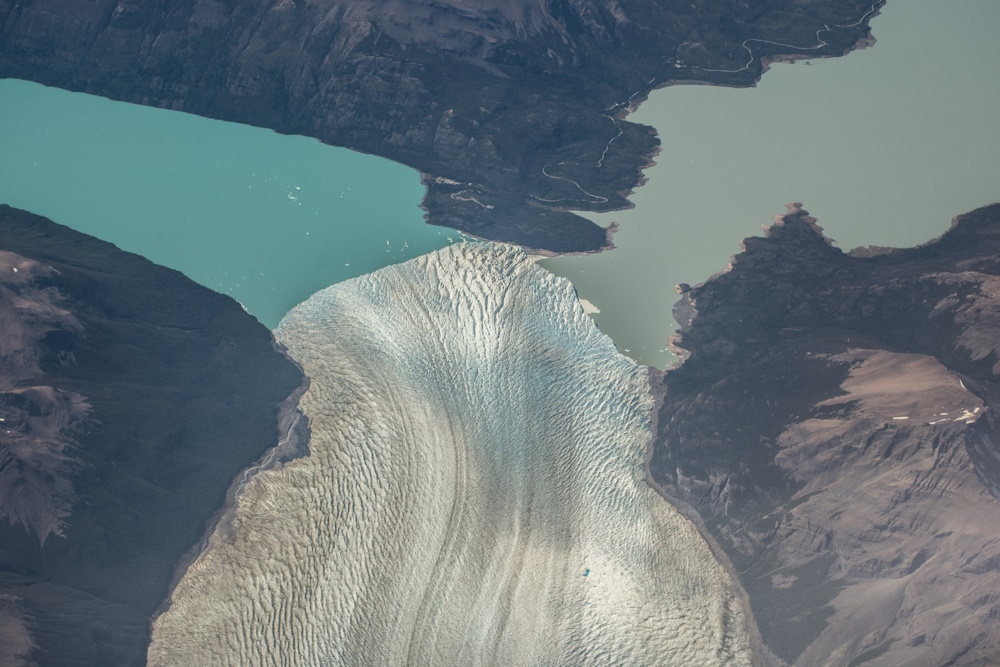
Earth Science and Climatology Honourable mention 'Facing the fate' by Enaut Izagirre. 'Perito Moreno glacier is one of the most famous glaciers in the world. A bunch of tourists travel everyday from El Calafate to the Magallanes peninsula to be astonished by the incredible glacier front that dams the Lago Argentino, isolating the sediment-rich Brazo Rico. However, every few years an incredible dam-break event makes worldwide news. But, what are the future perspectives for it? Having a steady (not advancing) frontal position and remaining roughly balanced, future climate change scenarios don't look really promising for it. The camera used is a Nikon D7100, with a 18-140 mm f/3.5-5.6 lens. The setting was 1/800 sec at f/9.0, ISO 160 and a focal length of 45 mm. It was slightly edited by Adobe Lightroom 5, mainly highlighting the clarity a little.'

Earth Science and Climatology Honourable mention 'The Maligne Range from Jasper, Canada' by David Rippin. 'I am a glaciologist and in 2017 I was in Canada on research sabbatical, working on the glaciers of the Columbia Icefield in the Rocky Mountains. This image was shot in Jasper National Park on my first to the Rockies, just a few weeks into my sabbatical. The landscape here is dominated by mountains and forests, and in the early season, a lot of snow. It is undeniably beautiful and awe-inspiring. The image was shot with a Nikon D810 and Nikon 28-300mm f3.5-5.6 lens at f8, 1/1250sec, ISO640. Standard post-processing (e.g. adjustment of tone, contrast, clarity, noise, sharpness, vibrance etc, including black and white conversion) was applied.'
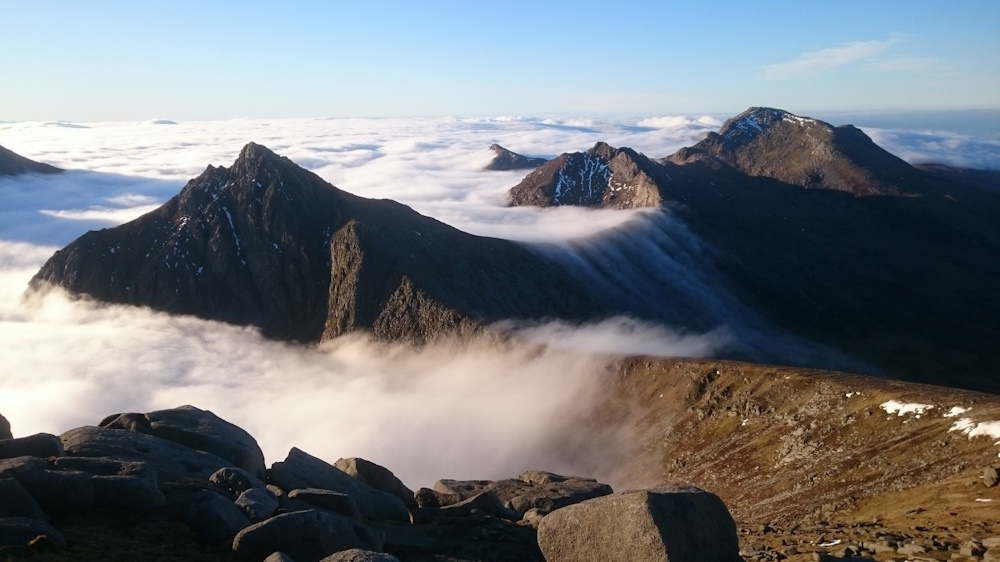
Earth Science and Climatology Honourable mention 'Cloud inversion on the Arran granite' by Alex Copley. 'Part of the island of Arran (Scotland) is made of mechanically strong granite, so forms these rugged peaks. The mountains in turn affect the local weather and climate, an instance of which is seen here by the flow of clouds early on a spring morning. I photographed this view whilst teaching on an undergrad field trip, when a cold and damp run unexpectedly took me above the clouds into bright sunshine and fantastic views. I often think of that day when setting off on a run in miserable weather, hoping that the same might happen again, but it rarely does! To me, this photo is a miniature snapshot of the interplay between the solid Earth, the atmosphere, and the hydrosphere, and makes me think about the global reach and implications of these types of interaction. The photo was taken using my phone, with no later adjustments or enhancements.'

